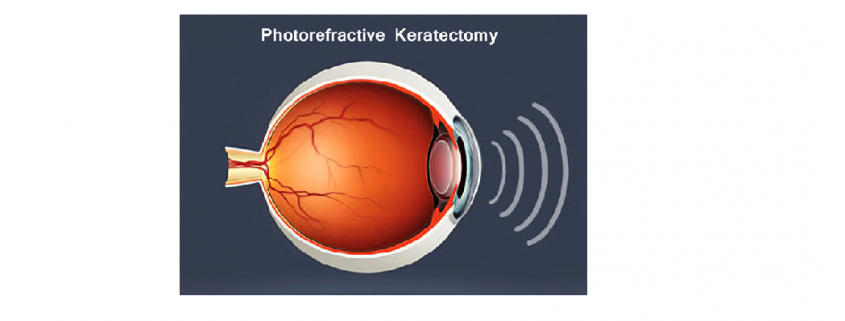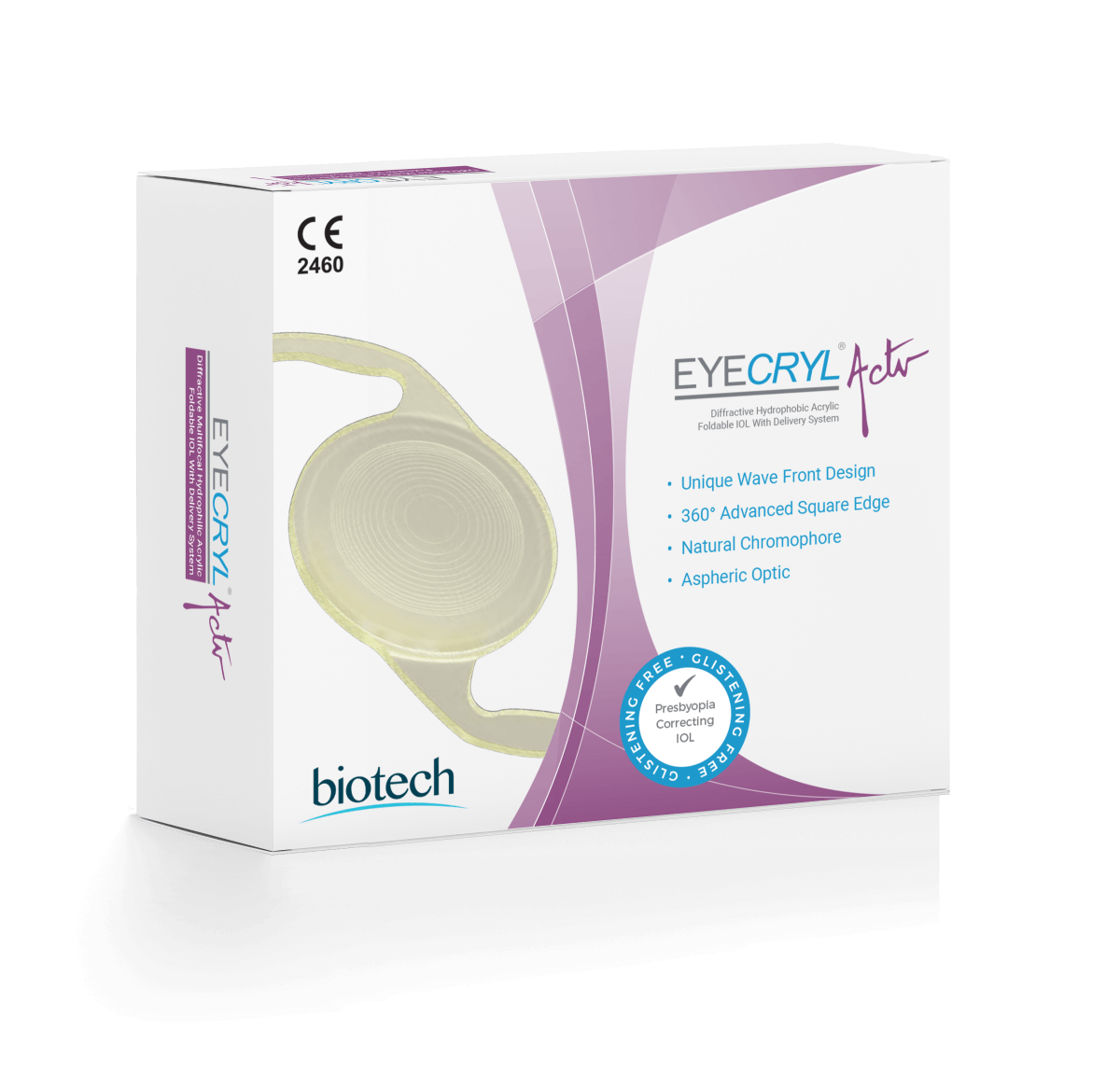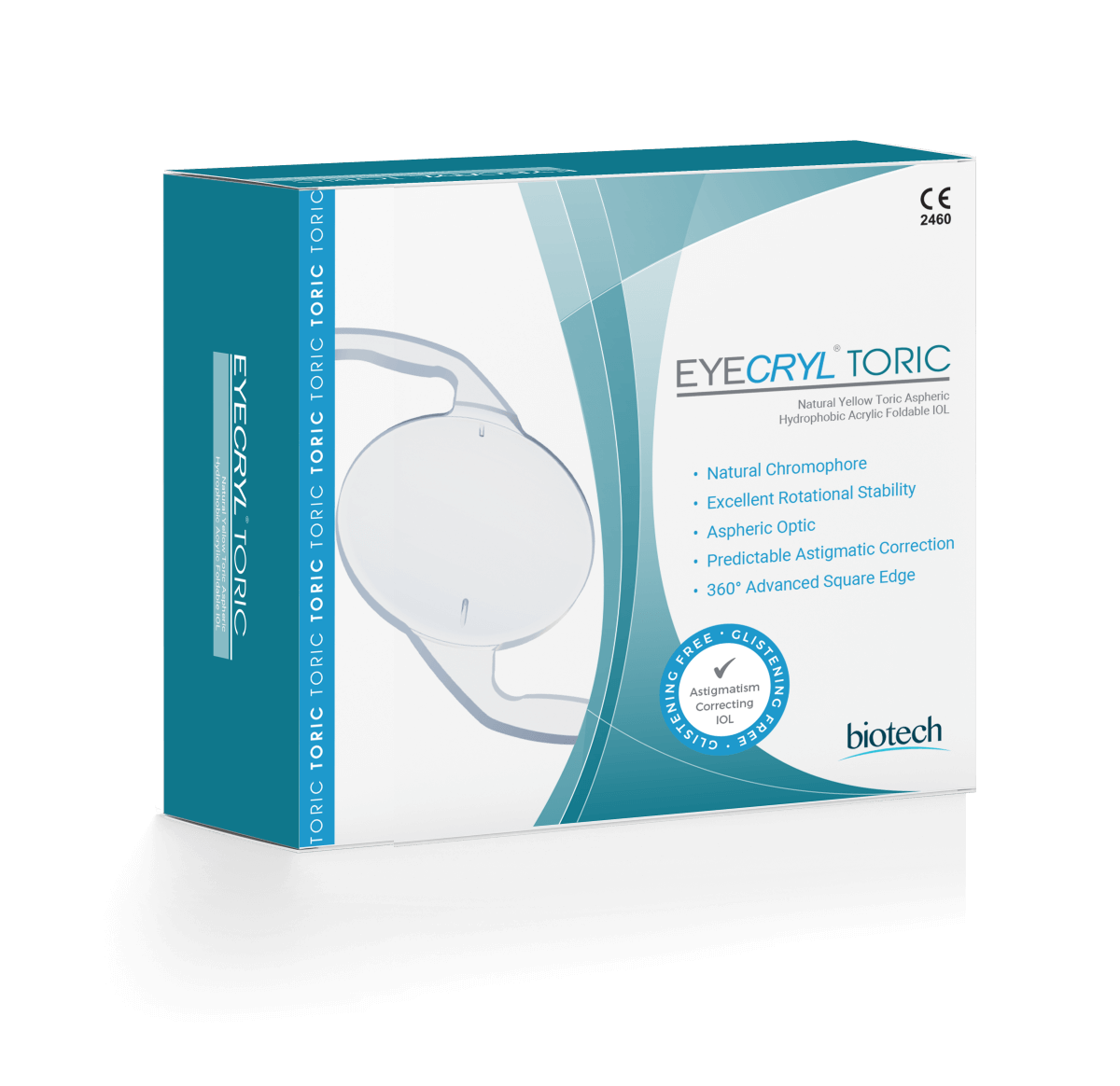What Is Photorefractive Keratectomy (PRK)?
What Is Photorefractive Keratectomy (PRK)?
Photorefractive keratectomy (PRK) is a laser
refractive surgery that corrects vision problems such as nearsightedness, farsightedness, and astigmatism. The procedure involves reshaping the cornea, which is the clear front surface of the eye, using an excimer laser. Unlike LASIK, PRK does not involve cutting a flap of the cornea, making it a suitable option for individuals with thin corneas or other corneal abnormalities. Before the PRK procedure, patients may be advised to eat a light meal to ensure they feel comfortable during the surgery and recovery period. On the day of surgery, the PRK procedure begins with the application of an alcohol solution to the corneal surface. This alcohol solution helps loosen and remove the top layer of the cornea, known as the epithelium.
Once the epithelium is removed, the excimer laser reshapes the underlying corneal tissue according to the patient’s prescription. The laser gently removes microscopic amounts of corneal tissue, reshaping the cornea to correct refractive errors. After the laser treatment, the surgeon places a bandage contact lens over the eye to protect it during the initial healing period. This lens helps minimize discomfort and promote healing. During the recovery period, patients may be advised to use eye drops to aid healing and alleviate dry eyes.
How Long Does PRK Surgery Take?
PRK surgery itself is relatively quick, usually taking less than 10 minutes per eye. This includes the time needed to prepare the eye with the alcohol solution, perform the laser reshaping, and place the bandage contact lens. Although the procedure is brief, the overall appointment, including preoperative and postoperative care, may take longer.
Is PRK More Painful Than LASIK?
While PRK does not involve cutting a corneal flap, it can lead to more discomfort during the recovery period. Patients may experience sensitivity to light, dry eyes, and mild irritation as the epithelium regenerates. LASIK, on the other hand, typically has a shorter recovery time and less immediate postoperative discomfort.
Is PRK Better Than LASIK?
The decision between PRK and LASIK depends on an individual’s specific eye condition and lifestyle needs. PRK may be a better option for those with thin corneas or other corneal irregularities since it avoids creating a corneal flap. However, LASIK typically offers faster recovery and less discomfort immediately after the procedure. It’s essential to consult with an eye care professional to determine which procedure is best suited to your needs.
Who Should Not Have PRK?
Photorefractive keratectomy (PRK) may not be suitable for certain individuals due to specific health concerns and eye conditions. Those with autoimmune or inflammatory eye diseases should avoid PRK, as the procedure could exacerbate these conditions. Additionally, people with thin corneas that cannot be safely reshaped may need to consider alternative treatments. Individuals with unstable vision, changing prescriptions, or severe dry eyes may not be good candidates for PRK. Furthermore, pregnant or nursing women may face risks due to hormonal changes affecting their eyes. In all cases, a thorough evaluation by an eye care professional is essential to determine whether PRK is appropriate for a patient’s specific circumstances.
Can Vision Loss Occur After PRK?
While vision loss is rare after PRK, it is possible in certain cases. Complications can arise, such as infections or significant corneal scarring, which may impact vision. Following the surgeon’s postoperative care instructions and attending all follow-up appointments can help minimize risks and ensure proper healing.
Is PRK Eye Surgery Good or Bad?
The efficacy and suitability of PRK eye surgery vary from person to person. For many individuals, PRK provides excellent results, improving vision and reducing dependence on glasses or contact lenses. PRK is particularly beneficial for patients with thin corneas, as it does not involve creating a corneal flap. However, like any surgical procedure, PRK has potential risks and drawbacks. Recovery can take longer compared to LASIK, and patients may experience sensitivity to light and dry eyes during the healing process. It’s important to discuss the potential benefits and risks with an eye care professional to determine if PRK is the right option.
FAQ
Do I Need Glasses After PRK?
After PRK, most patients experience significant improvement in their vision and may not need glasses for everyday activities. However, some individuals may still require glasses for reading or driving at night, particularly as they age.
What Is the Appropriate Age to Receive PRK?
PRK is typically performed on individuals aged 18 and older, as the prescription needs to be stable for at least a year before the surgery. There is no upper age limit for PRK, but suitability should be determined through a comprehensive eye examination.
What Happens If PRK Fails?
If PRK fails to achieve the desired vision correction, there are options for additional treatments or enhancements to further refine the results. In some cases, a second PRK procedure may be performed to correct any remaining refractive errors and further reshape the corneal tissue. Another possibility is to consider other forms of laser refractive surgery, such as LASIK, depending on the patient’s eye health and suitability. Failure could also lead to issues such as continued dependence on glasses or contact lenses, and in rare cases, complications like sensitivity to light or difficulty reading or driving at night. Regular follow-up visits with an eye care professional are essential to monitor vision changes and discuss potential adjustments or treatments if PRK does not meet expectations.
Can I Get PRK Twice?
Yes, it is possible to get photorefractive keratectomy (PRK) twice if additional vision correction is needed. A second PRK procedure may be considered if the first treatment does not fully correct refractive errors such as nearsightedness, farsightedness, or astigmatism. However, a thorough evaluation by an eye care professional is essential to determine if the patient’s cornea can safely undergo a second round of PRK. Factors such as the thickness of the cornea and the overall health of the eye will influence the decision. Follow-up appointments and consultations will help guide the best course of action.
When Can I Wear Sunglasses After PRK?
Patients are usually advised to wear sunglasses immediately after PRK to protect their eyes from sunlight and bright light, as sensitivity to light is common during the recovery period.






